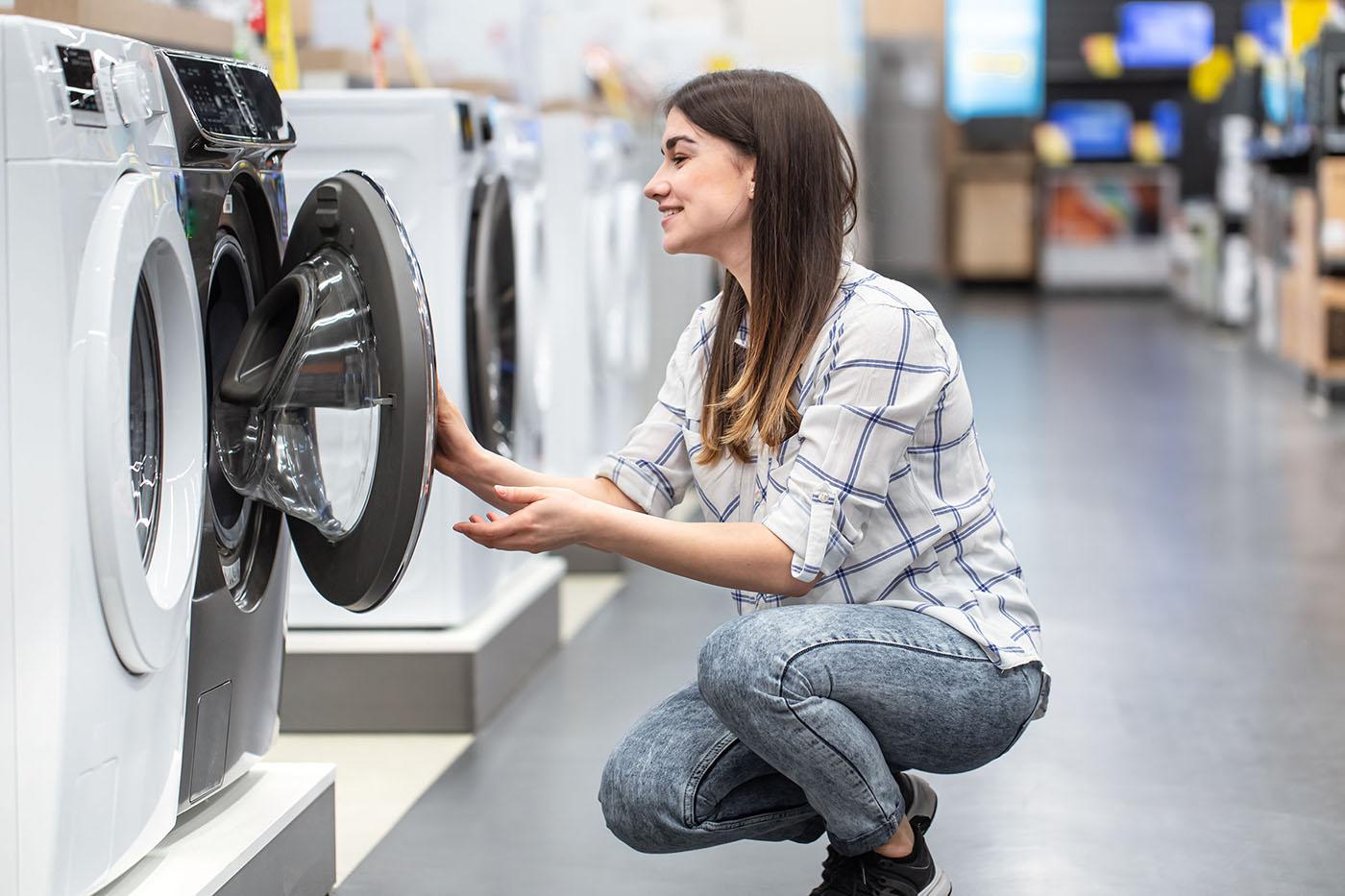

Credit challenges shape how people shop and what they ultimately take home. New research from Snap Finance reveals how consumers with low or subprime credit make major purchasing decisions – and how businesses can use these insights to better serve these customers.
Key takeaways
Credit challenges are common and impact everyday purchases. Many consumers delay or settle for less than what they want or need due to limited financing access.
Shopping habits are often reactive. When a car breaks down or an appliance fails, consumers with low credit often need to act fast.
Financing availability is a key decision factor. Shoppers with lower credit scores are often looking for businesses that offer inclusive pay-over-time solutions.
Inclusive financing expands your customer base. Offering access to more financing options helps convert more sales of big-ticket essentials.
Credit challenges play a big role in how and where people shop – and what they buy. Because those with low or subprime credit are often unable to secure traditional financing, they may go without a big-ticket product or service or choose a less expensive or lower quality option than what they really want or need.
Snap Finance wanted to learn more about how credit shapes the customer journey for major purchases and services, when credit access can be critical. In a recent survey, we asked consumers with and without credit scores below 670 about recent purchases of goods or services of $300 or more.
In our report, “Closing the Credit Gap: Major Purchase Study,” Snap Finance outlines how credit challenges change how consumers shop for what they need. For businesses, understanding customers with low or subprime credit is the first step in reaching and serving this growing underserved market segment.
Who are credit-challenged consumers?
A subprime borrower is generally defined as someone with a FICO® score below 670, though the exact number can vary by lender. Nearly a third (29%) of all consumers have a FICO score below this threshold, representing a significant portion of your potential customers.
Here’s a closer look at the key demographics of consumers with credit scores below 670, according to our survey.
38% are millennials
36% are Gen X
19% are boomers or older
6% are Gen Z
47% work full-time
42% are homeowners
43% are married or in a domestic partnership
73% have an annual household income below $75,000
It all adds up to a consumer segment under increasing financial pressure. Snap Finance found that 37% of those with lower credit scores say their financial situation has worsened in the past three months and 46% describe their finances as unstable or very unstable. Increasing economic pressures directly influence subprime shopping habits and purchase decisions.
Shopping for major purchases with low or subprime credit
Snap Finance’s study found that credit-challenged consumers are more likely to shop out of necessity – to replace furniture in disrepair or fix a car that isn’t working, for example.
And when money is tight, people tend to also delay purchases as long as possible. Our survey showed that 38% of consumers with lower credit scores delayed a major purchase due to their financial situation or worries about the economy.
But when the need becomes urgent, they act quickly. About 33% of those with lower credit scores made a major purchase within one week of deciding they needed the item or service.
How credit-challenged consumers decide where to shop
Consumers with low or subprime credit typically conduct less prepurchase research than their higher-credit counterparts. This pattern likely reflects the urgent, reactive nature of many of their purchases. When the refrigerator stops working, there’s little time for comparison shopping.
How do shoppers with lower credit scores select a business? Price and the ease of making the purchase topped the list. Also important is access to financing. Among those with lower credit scores, 65% said financing availability was an important factor in choosing where to buy.
In addition, making major purchases on bad credit often forces difficult compromises. Snap Finance found that 26% of those with lower credit scores purchased lower-quality items due to their financial situation.
Credit-challenged customers and the implications for your business
Despite financial challenges, inflation, and economic concerns, credit-challenged consumers haven't stopped being consumers – they’re still actively shopping for essential items. Although 70% of those with lower credit scores have cut back on nonessential spending, 2024 research from Snap Finance found that for essential categories such as appliances, electronics, tires, and mattresses, consumers of all financial backgrounds are shopping at similar rates.
Consumers with low or subprime credit are in your store and on your website. They’re looking to make a major essential purchase or a big-ticket servicing decision now. Are you ready to help them?
Actionable steps to grow your business
Understanding and addressing the needs of credit-challenged consumers can unlock significant growth opportunities for your business. Here are steps you can take now to better serve customers with low or subprime sales, while growing your business.
1. Make inclusive financing options available to customers
Offering access to inclusive financing options, such as installment loans and lease-to-own financing from Snap Finance, can be a lifeline to those who might not otherwise be able to get what they need and want. Partnering with Snap – or making the most of your current partnership with Snap – can help increase customer retention, grow your overall revenue, and boost incremental sales of major purchases of durable goods and essential big-ticket services.
2. Educate your sales team about financing options
A knowledgeable sales force plays an important role in informing customers about financing options. Among those with lower credit scores, 20% trust store associates to recommend the best financing for their situation, according to Snap Finance. Use available training, including resources found in your Snap Finance Merchant Portal, to ensure your sales team can easily walk customers through the application process.
3. Promote financing options
Customers are more likely to buy when they know financing is available. Make use of Snap’s no-cost in-store signage, web banners, and social media graphics to inform customers, reduce hesitation, and build confidence. Talk to your sales rep about adding point-of-purchase (POP) marketing to your store. Find social media graphics and web banners in your Merchant Portal under the Resources > Marketing tab.
4. Simplify the customer journey
Credit-challenged consumers often shop out of necessity and make quick decisions. Streamline your website and in-store processes to make it easy for customers to find what they need, including payment options and financing information.
5. Build trust through empathy
Money troubles can be stressful, and customers appreciate businesses that understand their situations. Train your team to approach and serve all customers with empathy and respect. Avoid judgmental language and focus on products and payment options that meet their needs.
Closing the credit gap
Understanding the needs and behaviors of credit-challenged consumers is the key to serving them effectively. Customers with low or subprime credit are not just browsing; they’re making necessary purchases under financial pressure. They value price, simplicity, and access to financing.
Snap Finance can help you reach more customers and boost incremental sales of major purchases or essential big-ticket services. Turn a "no" from a primary lender into a "yes" for your business.
Read our full study, “Closing the Credit Gap: Major Purchase Study, ” to learn more about how businesses like yours can help bridge the credit gap for more customers.
Check out these additional resources from Snap Finance:
Snap-branded product offering includes retail installment contracts, bank installment loans, and lease-to-own financing. For more detailed information, please visit snapfinance.com/legal/products